Do yourself a favor and invest in some high-quality tomato paste to make your spaghetti more delicious or contain only tomatoes, no other ingredients a small amount of salt. It is the most affordable option; rather, purchase the best that fits within your budget.
tomato paste recipe
Additionally, you should pick up a nice extra-virgin olive oil (once again, the best you can afford), one clove of garlic, and some dried oregano. Start the boiling process with a very large pot of water (grab a pot that you think is enough, then get one that is twice as big and use the latter). After adding salt to the water, put the spaghetti into the pot. At the same time, place a couple of tablespoons of extra-virgin olive oil and one garlic clove in a very large pan and set it over medium heat. This pan should be big enough to easily hold all of the pasta. You can choose to put it whole and still in its peel if you want a flavor that is more subtle, cut it in half so that you can remove it later if you want a flavor that is in the middle, or mince it or smash it if you want a flavor that is more intensely reminiscent of garlic. Include a bit of chili in the dish if you enjoy the flavor. Continue to cook over low heat for as long as it takes for the pasta to reach the al dente texture. After about 30 seconds, throw in the tomato, a dash of salt, and some oregano that has been dried off. When the spaghetti is done cooking, transfer it to the pan with the aid of a pasta server, toss it about for one minute while adding a splash of the water that was used to cook the spaghetti, and then serve it as soon as possible. You should get tomatoes or other little tomatoes that have a thin peel and a very sweet flavor. Additionally acceptable are other types that are comparable. Do not use cherry tomatoes because, on average, they contain a lot of acids. Cherry tomatoes should not be used. In addition to the materials listed below, you should also go out and get some fresh basil, one garlic clove, and a beautiful extra-virgin olive oil (once more, the best you can afford) (go for the smallest leaves, the bigger ones smell too strongly of mint). Begin the process of heating the water by putting it in a fairly large pot (grab a pot that you think is enough, then get one that is twice as big and use the latter). After salting the water, place the spaghetti in the saucepan and cover it with the water. At the same time, add the tomatoes to the pan, pour a couple of tablespoons of extra-virgin olive oil into the pan, cover the pan with a lid, and turn the heat up to medium. Continue the cooking process while shaking the pan occasionally but without lifting the lid. When the tomatoes show indications of beginning to break down, take off the cover, move the tomatoes to the side, and add the minced garlic to the pan. Continue cooking the tomatoes until they are completely broken down. In the time that it takes for the garlic to soften, you can crush the tomatoes using the back of a wooden spoon. Dilute with some of the water that was used to cook the noodles, just a tiny bit. When the spaghetti is finished cooking, transfer it to the pan using a pasta server when it is extremely al dente, toss it for one minute while adding a splash of the pasta cooking water and the basil, and then serve it as soon as possible. My own experience has taught me that a tomato-based sauce that is being offered under the label “spaghetti sauce” is actually just tomato sauce to which some herbs have been added.

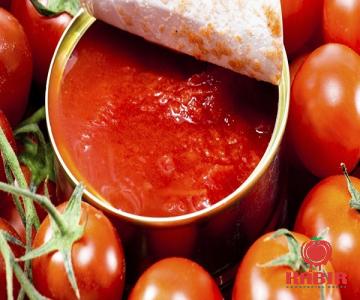

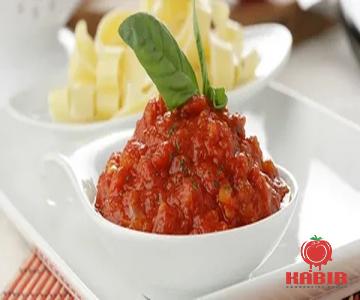

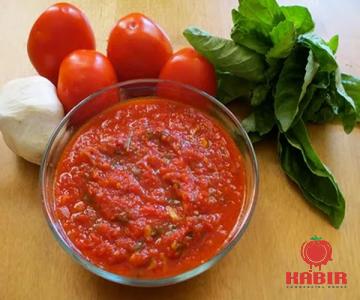
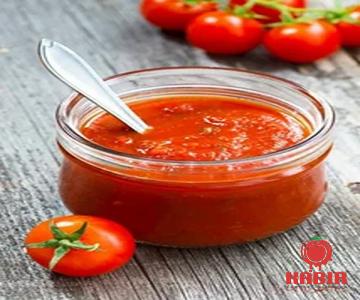


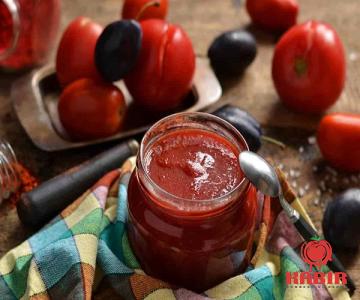
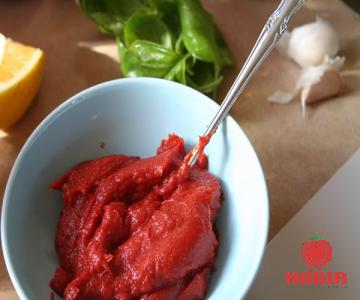
Your comment submitted.